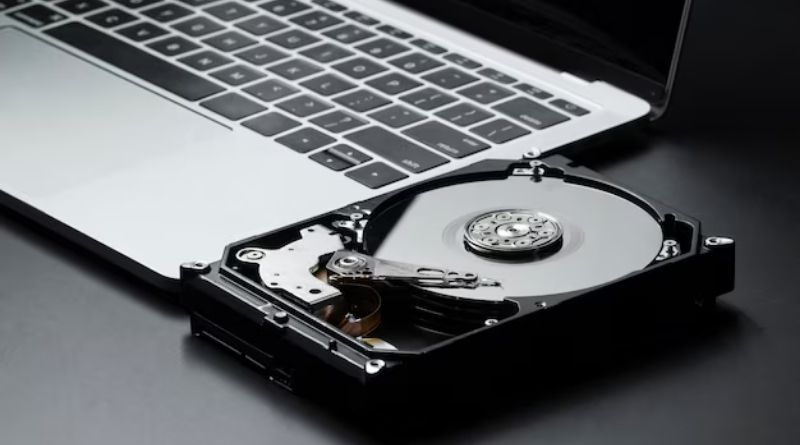How To Choose A Computer Drive: Practical Guidelines For Selecting A Computer Drive
Replacing HDD or SSD increases the storage subsystem capacity and improves computer performance. However, the choice is accessible only at first glance. There are so many internal storage devices that it’s hard to know their differences. Let’s find out what internal drives are available and what to look for when buying one Unscramblex.
HDD And SDD
People call hard disk drives HDD (Hard Disk Drive) and SSD (Solid State Drive). What is the difference between them?

A hard disk drive is a device with moving elements. Hidden inside the box is a package of magnetic disks. They are threaded onto a spindle that spins them. Read/write heads fly across the disks from track to track. It’s all mechanics! If you’re wondering why these disks are hard, 15-20 years ago, there were also soft disks – floppy disks unscramble x.
SSD or HDD?
A solid-state drive is a board on which non-volatile NAND memory modules are soldered.
Since SSDs have no mechanics, even the most budget-friendly option will be significantly faster than the fastest enterprise-class HDD. SSDs are not afraid of vibration, shock, or even drops. Within reason, of course. And SSDs are also silent. These things seem perfect. But no! SSDs are much more expensive than HDDs.
For example, on average, an SSD will be about 2-2.5 times more expensive than an HDD of the same capacity. Yes, it will be five times faster, but why overpay for speed if you need photo storage? That’s why when building a PC, it’s common to use a tandem of a small 120-250 GB SSD for the operating system, application programs, a couple of favorite games, and at least a terabyte HDD for everything else.
There are SSHDs (Solid-state Hybrid Drives). In addition to magnetic disks, they have 8 GB of flash memory, and in some scenarios, a computer with an SSHD drive becomes faster than a conventional HDD. For example, there may be an increase in performance in applications. Such a drive would be appropriate when you need a lot of space, and your system has only one disk bay.
Speed and Reliability
The performance of hard disc drives is usually reduced to the spindle speed. Thus, 7200 RPM models perform read and write operations 20-30% faster than 5400 RPM models. Between these poles are scattered hard disk drives with speeds of 5700, 5900, and 5940 rpm.
Here again, everything is ambiguous. On the one hand, hard disks are delicate mechanisms whose minimum life can be predicted by the warranty period. There is a similar uncertainty with SSD drives.
User experience shows that even the most expensive drive can suddenly fail after a year of operation, while a budget drive can stay in good working order for more than 10-15 years.
The Bottom Line
Choosing a computer drive involves navigating through myriad options, each with its own characteristics and considerations. The decision between an HDD and an SSD revolves around speed, capacity, and cost trade-offs.
HDDs, with their mechanical components, provide cost-effective storage solutions but are relatively slower than SSDs. On the other hand, SSDs, featuring non-volatile NAND memory modules, offer unparalleled speed and durability but come at a higher price point. Striking a balance, many users opt for a combination of a smaller SSD for the operating system and frequently used applications coupled with a larger HDD for general storage needs.
The emergence of SSHDs, blending magnetic disks with flash memory, provides an alternative for those seeking a performance boost without entirely sacrificing storage capacity.
May You Also Read:




